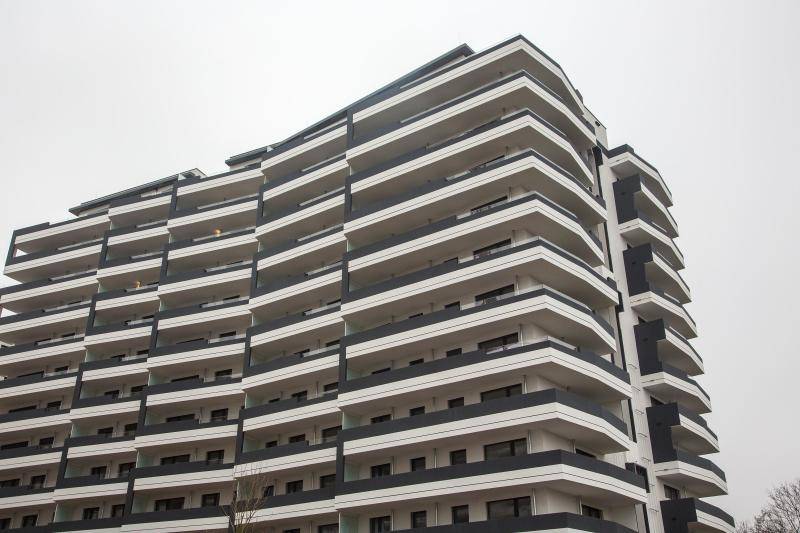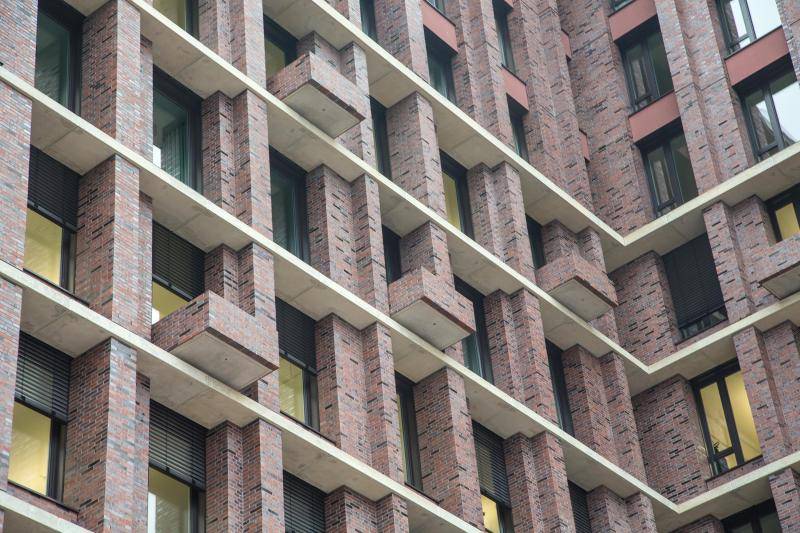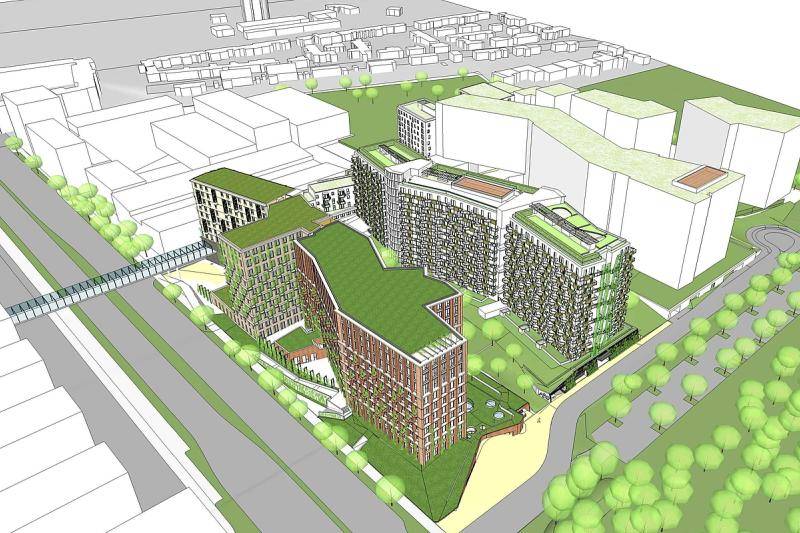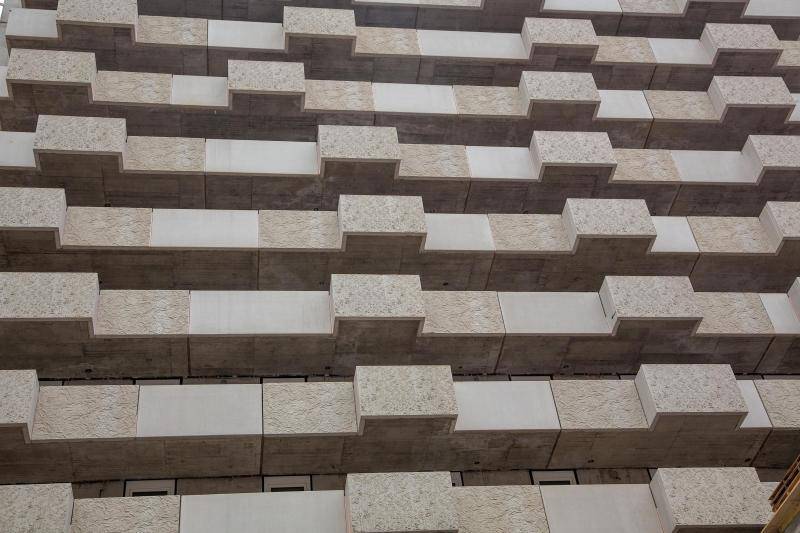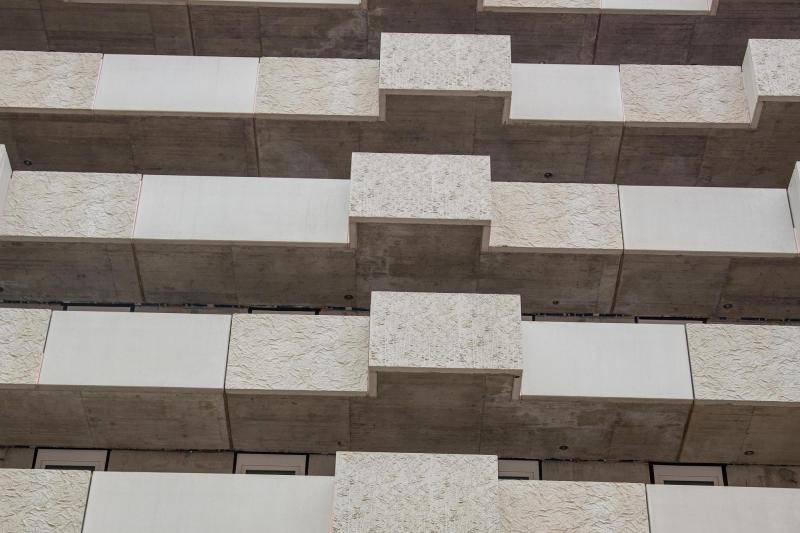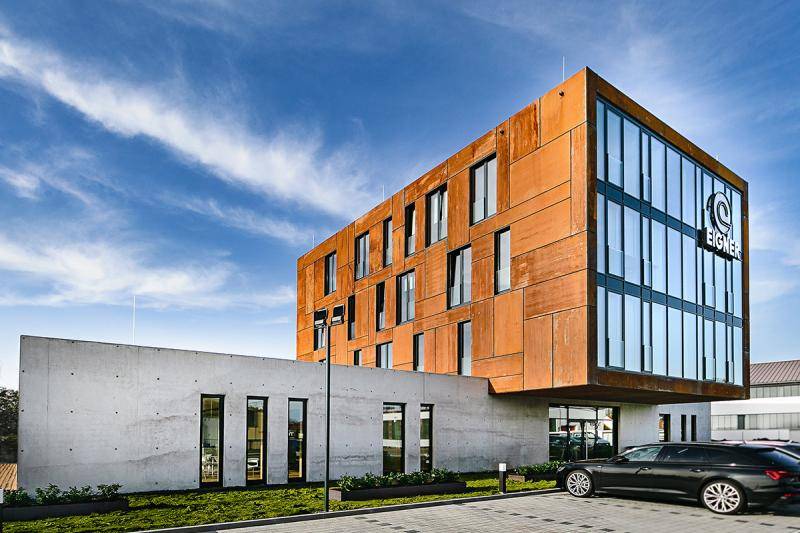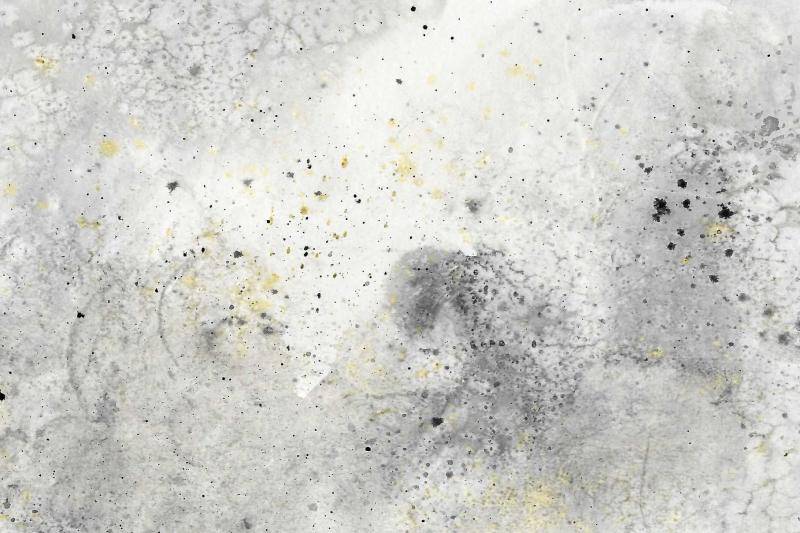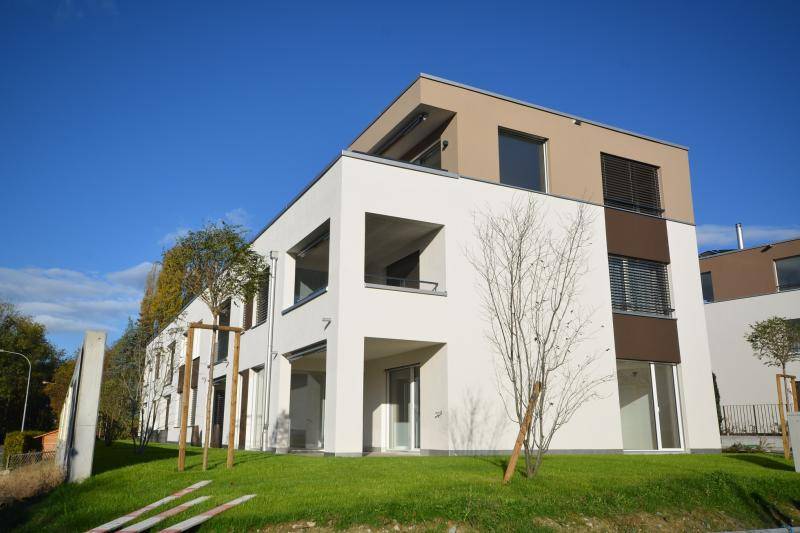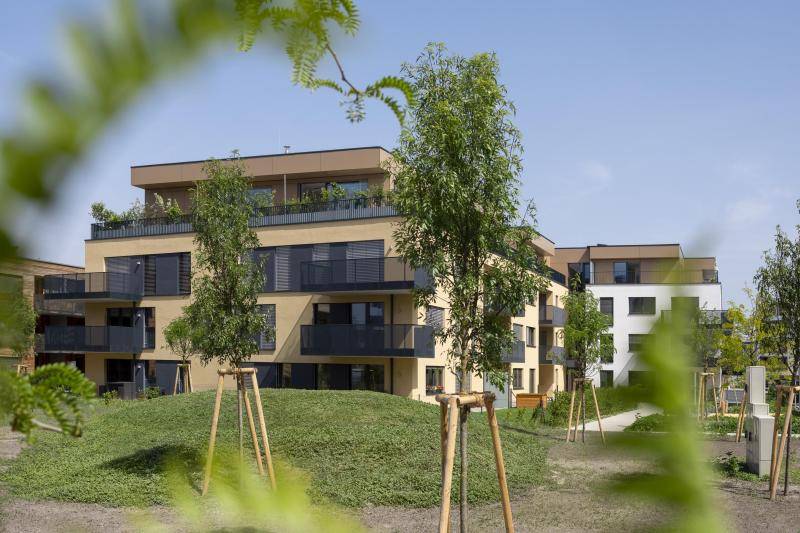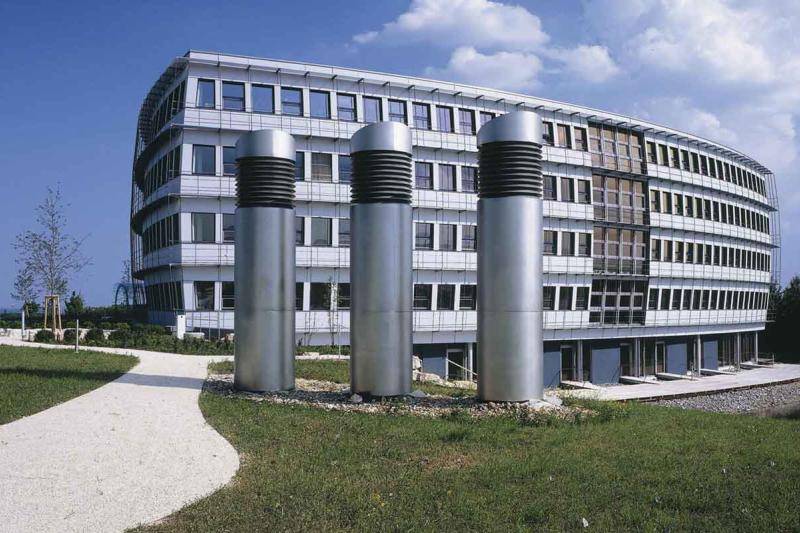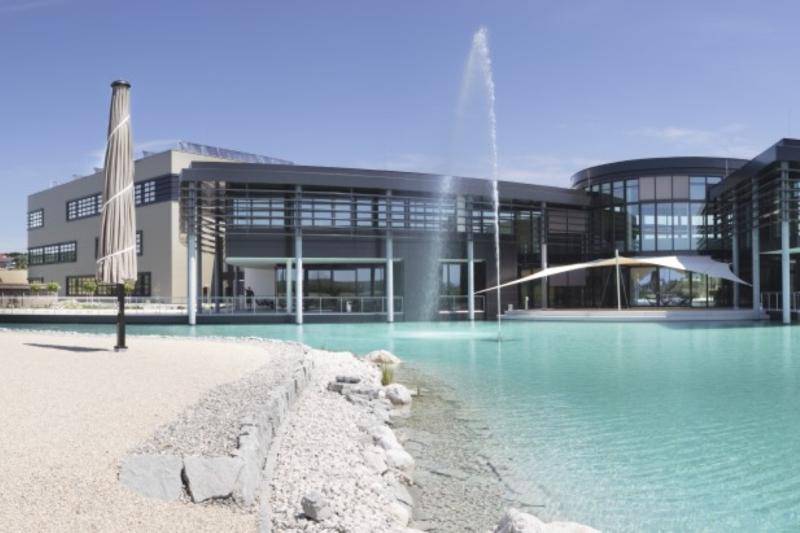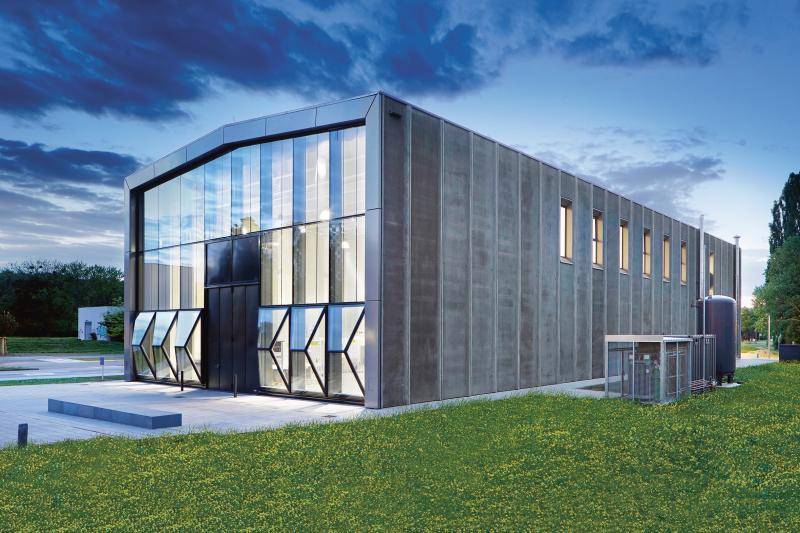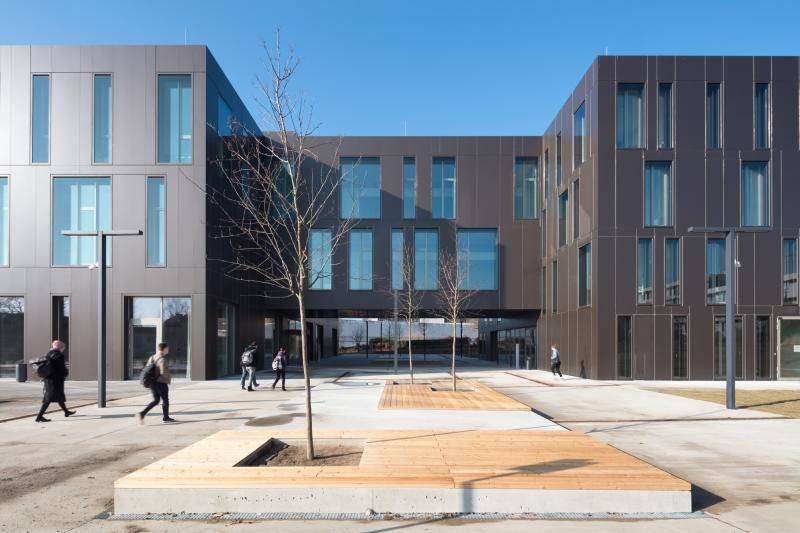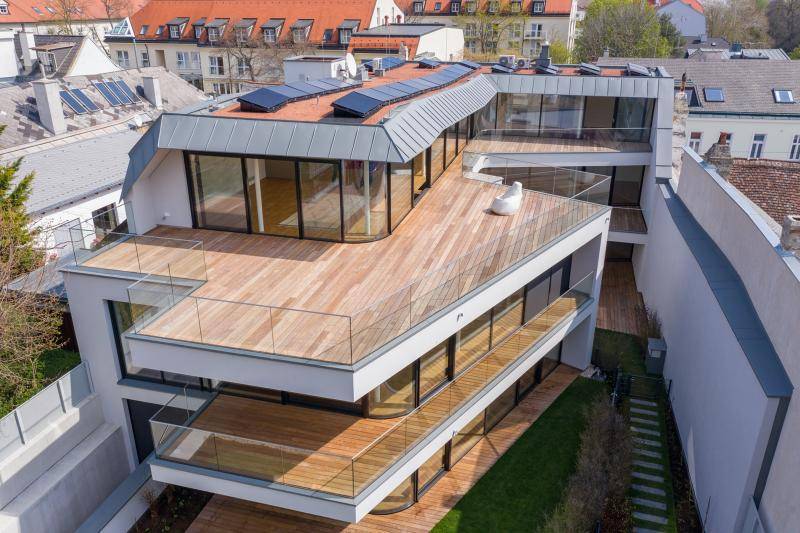Biotope City Wienerberg
Biotope City Wienerberg is the first project to be built in Austria based on an idea by architect Harry Glück and the Dutch, scientifically processed criteria. The focus is on man and nature, which are to live in balance with each other. The new district has already been selected as an IBA candidate for "new social living".
Wien Süd
Arwag
Buwog
Gesiba
Wiener Hei,
ÖSW
Mischek
2021/22
Masterplan: Harry Glück/Helga Fassbinder
Peretti+Peretti
HD Architekten
BKK3 Architekten
RLP
Studio Vlay Streeruwitz
Landscaping: Auböck Karasz
Construction: Strabag, Porr, Östu-Stettin
7 buildings
950 residential units
112.000 m² overall floor space
Kindergarten, middle school, office and commercial areas, hotel, gastronomy, community areas
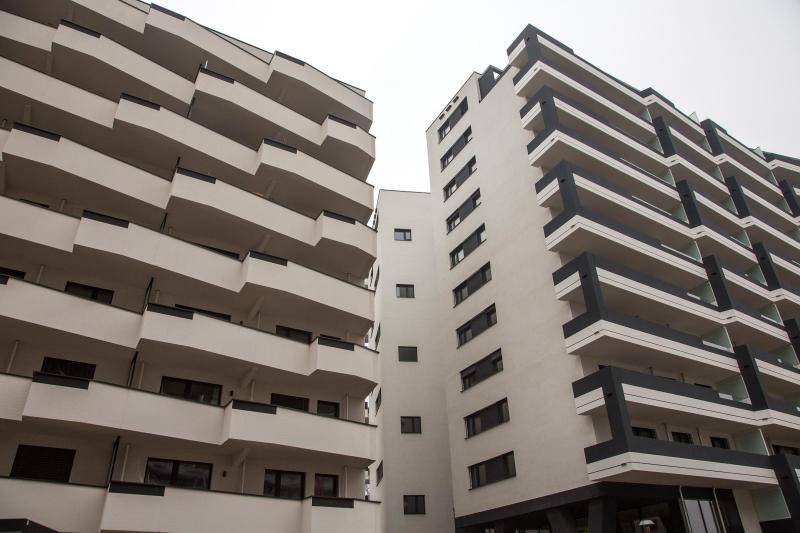
The city as nature, that is the slogan of the new district. Based on the idea and initiative of architect Harry Glück, the concept for a master plan was developed together with Rüdiger Lainer. One basis of this master plan is the concept of Biotope City, founded by urban planner Helga Fassbinder in 2002. This was followed in 2004 by the non-profit Biotope City Foundation in Amsterdam. The idea behind it: To promote an understanding of architecture and urban planning that does justice to environmental conditions in the face of climate change and rapid urbanization, that makes people feel their embeddedness in nature, and that makes this visible in a new beauty of the urban, the dense city as nature.
A total of around 420 units from the developers Wien Süd mit Schwimmbad am Dach, Wiener Heim and Buwog. The first residents have already moved in. Concrete is the predominant material in all buildings, with reinforced concrete, in-situ concrete and semi-precast elements being used. This means that construction is taking place quickly - construction started in 2017. A total of around 190 tons of concrete will be used in Biotope City. The office building "The Brick", also planned by RLP, directly on Triesterstraße, is heated and cooled via component activation, is certified with DGNB Gold, and the facades and roof are also greened. The sophisticated building technology comes from Vasko+Partner.
By spring 2021, around 2,000 people will live here in 950 apartments and possibly also work. Seven developers are realizing the residential buildings, around 600 apartments are subsidized, 200 apartments will be smart apartments, the rest are privately financed units. The new district is shielded from Triester Strasse by office and hotel buildings built of precast concrete and already completed. Towards the south, the residential building opens up to the Wienerberg recreational area with the Wienerberg pond, but the focus is also on the numerous communal areas and a cross-building open space offer.
The research project "Biotope City - Building Instructions for the Green City of the Future", funded as part of the "City of the Future" program by the Federal Ministry of Transport, Innovation and Technology, accompanied the planning and implementation process. Microclimate simulations were carried out with the Greepass® in order to optimally coordinate urban planning and measures and to achieve the highest possible climatic effects with the lowest possible input.
(Text: Gisela Gary; Z+B magazine; in shortened form)
